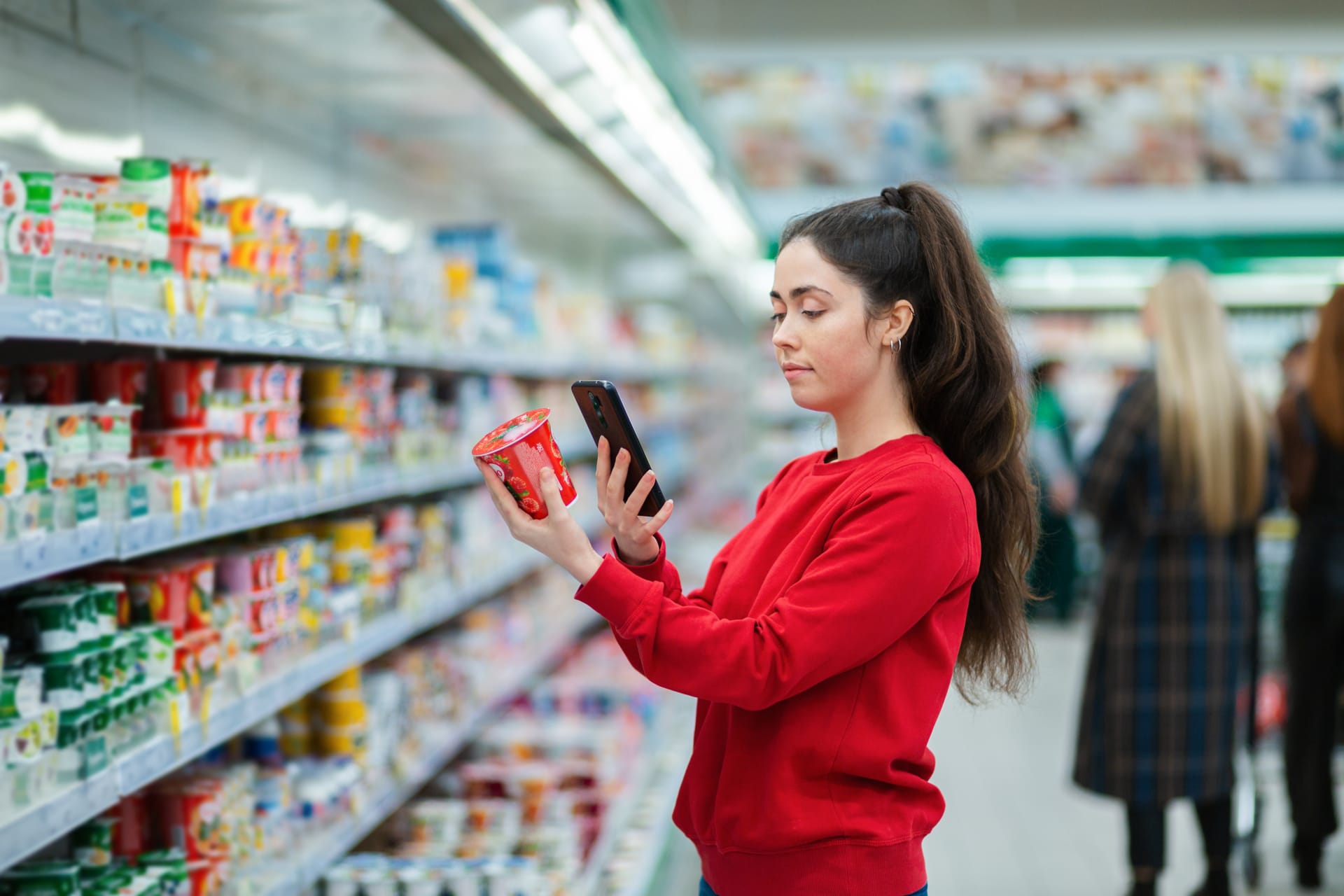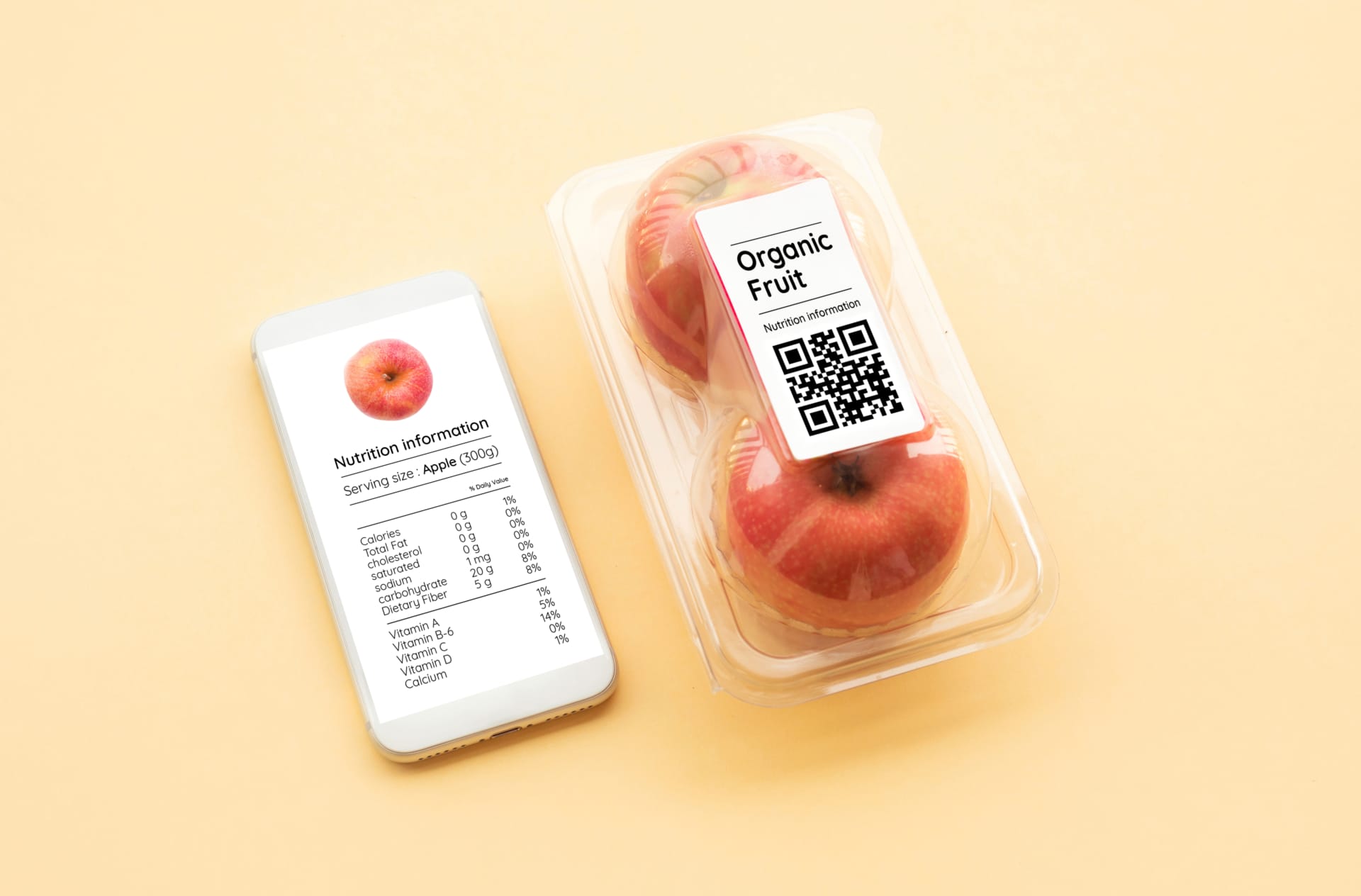Scanning for the circular economy.
Corona has given an old acquaintance a new lease of life: the QR code, which was thought to be dead. It is currently still placed on packaging on a voluntary basis to provide consumers with additional information. However, new EU regulations could give the QR code renaissance an additional boost.

One of these regulations is the Digital Product Passport, which will be mandatory for all companies operating in the European Union from 2027. This “digital twin” of a product is intended to provide comprehensive information on the origin, manufacture, use and disposal of a product. It should also provide an insight into the materials and chemical substances used. This should make it easier for stakeholders along the value chain to make informed and sustainable decisions – especially end consumers.

Transparent communication is also promoted by the ECGT directive (“Empowering Consumers for the Green Transition”), which has already come into force. Together with the Green Claims Directive (still under negotiation), it is intended to ensure that vague, misleading and unverifiable environmental claims can no longer be used on advertising media such as packaging. Here, too, additional information must be provided, which can be bundled most easily in a QR code.
Since approx. 75% of all EU products have an explicit or implicit green claim, and 50% of these must be adapted according to the new regulation, we at MILK., together with our partners at
Our conclusion: Whether just for legal compliance or for targeted consumer education, the QR code is here to stay.